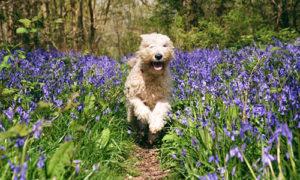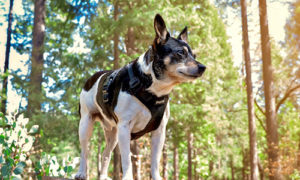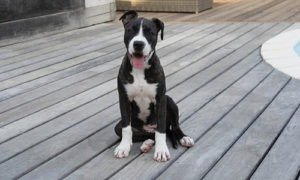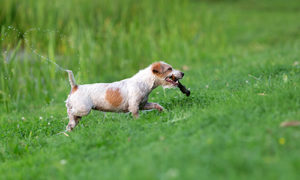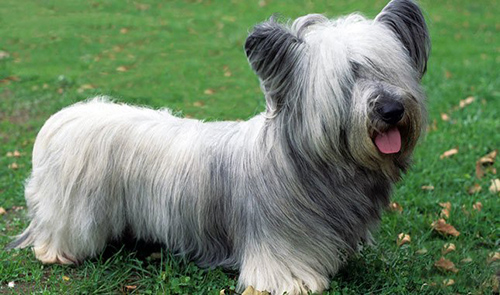
The Skye Terrier comes from Scotland, where many small terriers originated. However, the Skye is amongst the oldest of them. They originally hail from the western coastal area, where they hunted fox and otter amongst the rocky landscape.
The purest terriers originated on the Isle of Skye, so the dogs were therefore labeled Skye Terriers. Because of its long and luxurious coat, the Skye first garnered attention during the 16th century. Unfortunately, there is some misunderstanding about their history. For a certain amount of time, several different breeds got grouped under the name Skye Terrier.
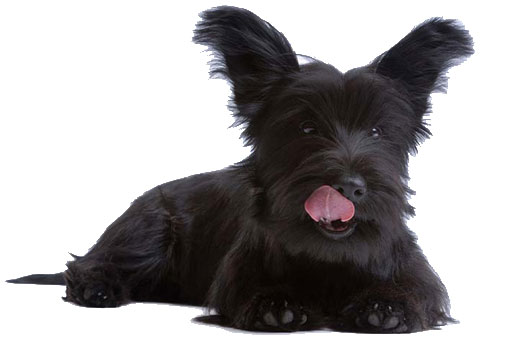
However, the true Skye became prominent in 1840 when Queen Victoria took a liking to the breed, keeping both drop-and prick-eared dogs, this helped to enhance its status both in upper classes and among commoners, and it was only a matter of time before the Skye landed in America.
The Skye quickly ascended to the top of the show scene after being recognized by the AKC in 1887. Unfortunately, despite the breeds distinguishing appearance and early fame, its popularity faded, and today it is one of the lesser-known terriers.
One of the most famous Skyes of all time is Greyfriar’s Bobby; he refused to leave his master’s side even during death. He slept on his master’s grave for fourteen years until his own end. To this day, he continues his watch still, being buried where he waited next to his owner. A statue memorializes this most loyal of dogs.
Skye Terrier Breed Facts
- POPULARITY: Very rare
- FAMILY: Terrier
- ORIGIN: Scotland
- DATE DEVELOPED: 1500s
- ORIGINAL FUNCTION: Fox and otter hunting
- TODAY’S ROLE: Earthdog trials, companion
- OTHER NAMES: None
- WEIGHT: Males: 36 – 41 pounds; Females: 24 – 31 pounds
- HEIGHT: Males: 10 inches; Females: 9.5 inches (overall average of 10 -11 inches)
The Skye is an elegant yet stylish dog that is a working terrier. It is built solid with a strong bone structure, and it is two times as long as it is tall. The
Characteristics
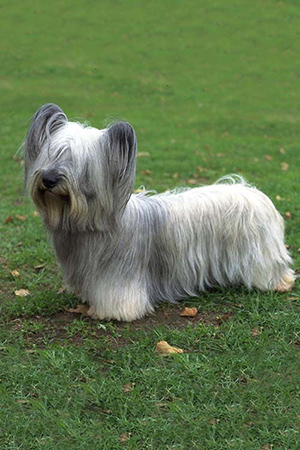
Temperament
The Skye’s soft look contradicts its robust nature. It is a fearless and deadly vermin hunter. It is also a mild-mannered house pet, one of the few terriers calm enough to live in the city. However, it still requires daily exercise in a safe environment on or off-leash. It is stubborn yet sensitive. They’re very affectionate with their family members but dislike strangers and rarely tolerates them. It gets along somewhat well with other dogs in the home; however, they may not tolerate strange dogs. The Skye is extraordinarily courageous and game and makes an excellent watchdog.
Upkeep
The Skye is a hunting dog at heart. They enjoy daily outings and exploring in a safe area. Also, they’ll benefit from a short to moderate walk to keep fit. Regular combing about two times a week is all that is needed to keep them looking lovely. An occasional bath will not relax the fur too much, regularly the situation with other terriers.
However, the hair about the eyes and mouth may require additional cleaning. Thankfully, it has no significant health concerns; however, minor health concerns to worry about are premature closure of distal radius and intervertebral disk disease. Also, keep an eye out for copper toxicosis. The Skye is a relatively healthy breed and can live anywhere from 12 – 14 years.

